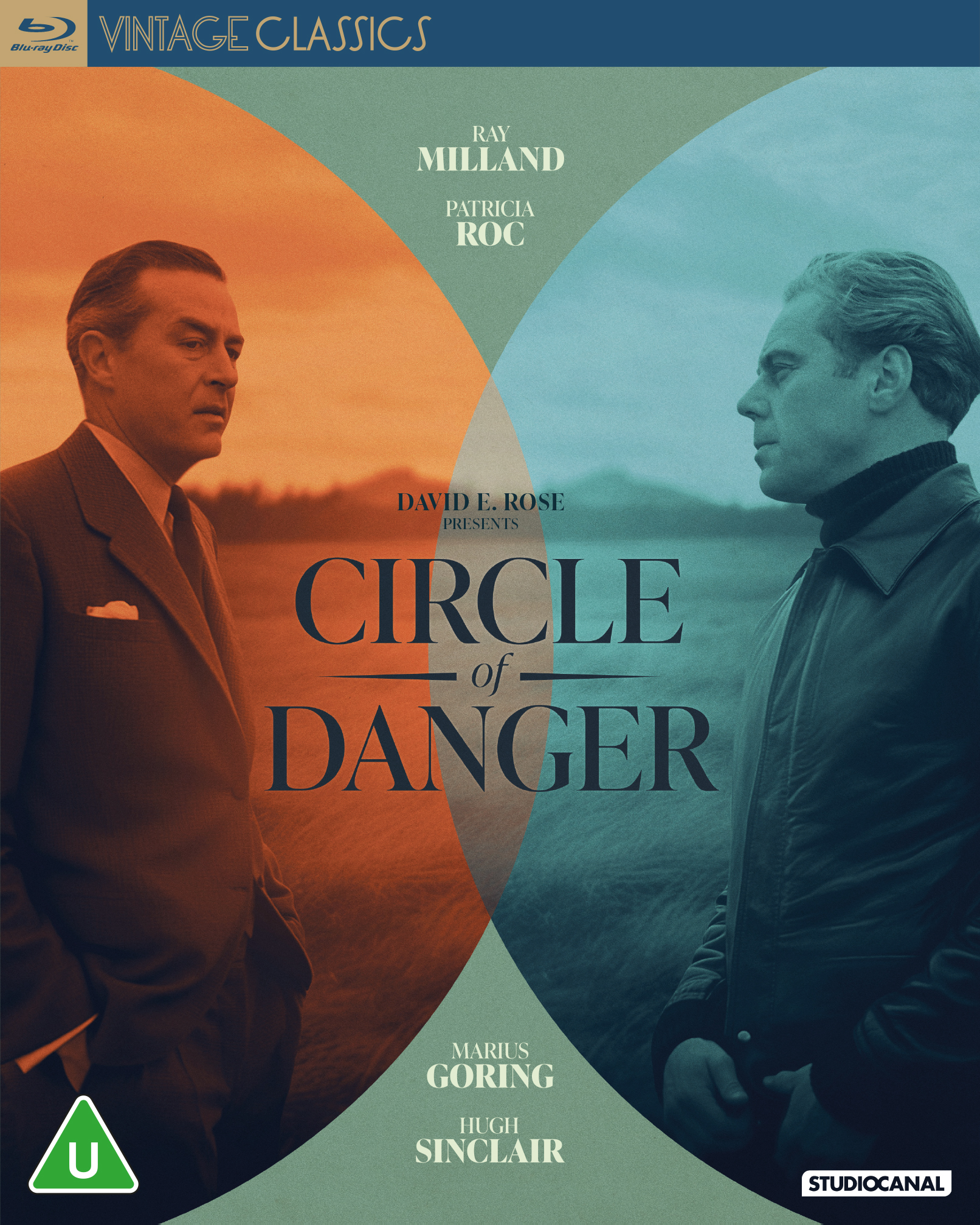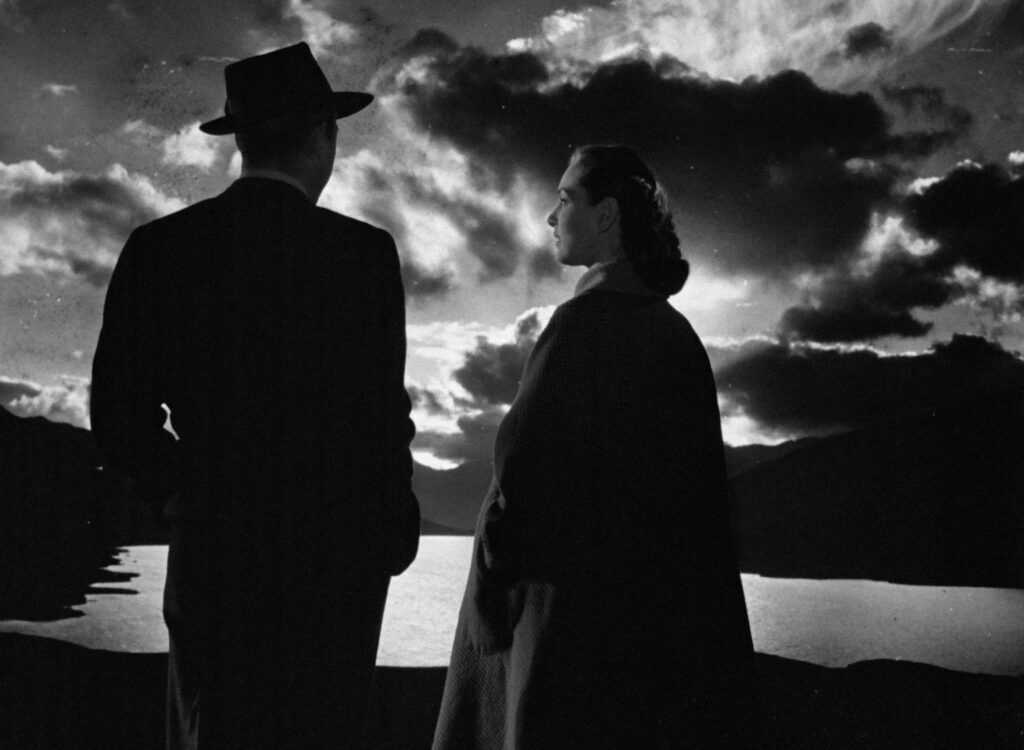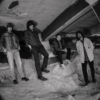The latest addition to STUDIOCANAL’s ever-impressive Vintage Classics Collection is the 1951 post-war thriller Circle of Danger.
Directed by the French-American filmmaker, Jacques Tourneur, produced by Joan Harrison, who was the one-time assistant to Alfred Hitchcock, and adapted from his own novel White Heather by the English detective novelist, Philip MacDonald, Circle of Danger stars Ray Milland – six years after his powerful portrayal of an alcoholic writer in The Lost Weekend, a role that earned him an Academy Award for Best Actor – Patricia Roc, and Marius Goring. The film was shot by the influential Oscar winning cinematographer, Oswald Morris.
The central premise of Circle of Danger is relatively simple. An American citizen (Ray Milland) travels to the United Kingdom to investigate the death of his younger brother who had fought with the British Army in the Second World War and was killed in France on one of the last Commando raids before D-Day. It would appear that his brother may not have died from a German bullet.
Whilst Circle of Danger’s plot does border on the formulaic, there is still much to recommend the film and move it beyond the bounds of mere emulation. With its subtle use of atmosphere, mood, and suggestion of presence, Circle of Danger is often viewed as being a template for Jacques Tourner’s cinematic masterpiece, Night of the Demon which was released six years later and is rightly regarded as one of the greatest horror films of all time.
Circle of Danger can also lay claim to being an early, prime example of British film noir. With British noir’s roots firmly planted in social realism, Circle of Danger does feature various interactions in the day-to-day lives of ordinary people (e.g. in a Welsh mining community and at Billingsgate market in London). These shifts in location as well as observations upon cultural and class differences are recurring themes throughout Circle of Danger. Other prominent elements of the film, which were often seen in traditional film noir, include those of post-war trauma, secrecy, menace, and disillusionment.
High-contrast lighting was a common characteristic found in film noir and whilst much of Circle of Danger is shot outdoors during the hours of daylight, the indoor scenes do feature an unquestionable responsivity towards the use of shadows and light. Other cinematography techniques utilised in the film are those of backlighting and silhouettes.
The principal characters are mostly men reminding us of the existence of a male-dominated, patriarchal, and misogynistic society in the early ‘50s, one which tended to view women as being domesticated wives. That said and whilst the part played by Patricia Roc is primarily that of “a love interest” she is seen here to have her own career and a certain level of independence.
Marius Goring’s character – that of an ex-Commando comrade of the deceased brother – is clearly coded as being gay and unfortunately conforms to many of the customary hackneyed stereotypes. But he is ultimately revealed to be a strong, powerful, and complex individual, something that would have been unusual in a gay man in films of that period. In this regard and with its reflection of the decade’s changing values – particularly around matters of duty and forbearance – Circle of Danger is undoubtedly a film ahead of its time.
The brand new 4k restoration of Circle of Danger will be available to own on Blu-Ray and DVD from February 5th. This also marks the first time that the film will be available on Digital.





